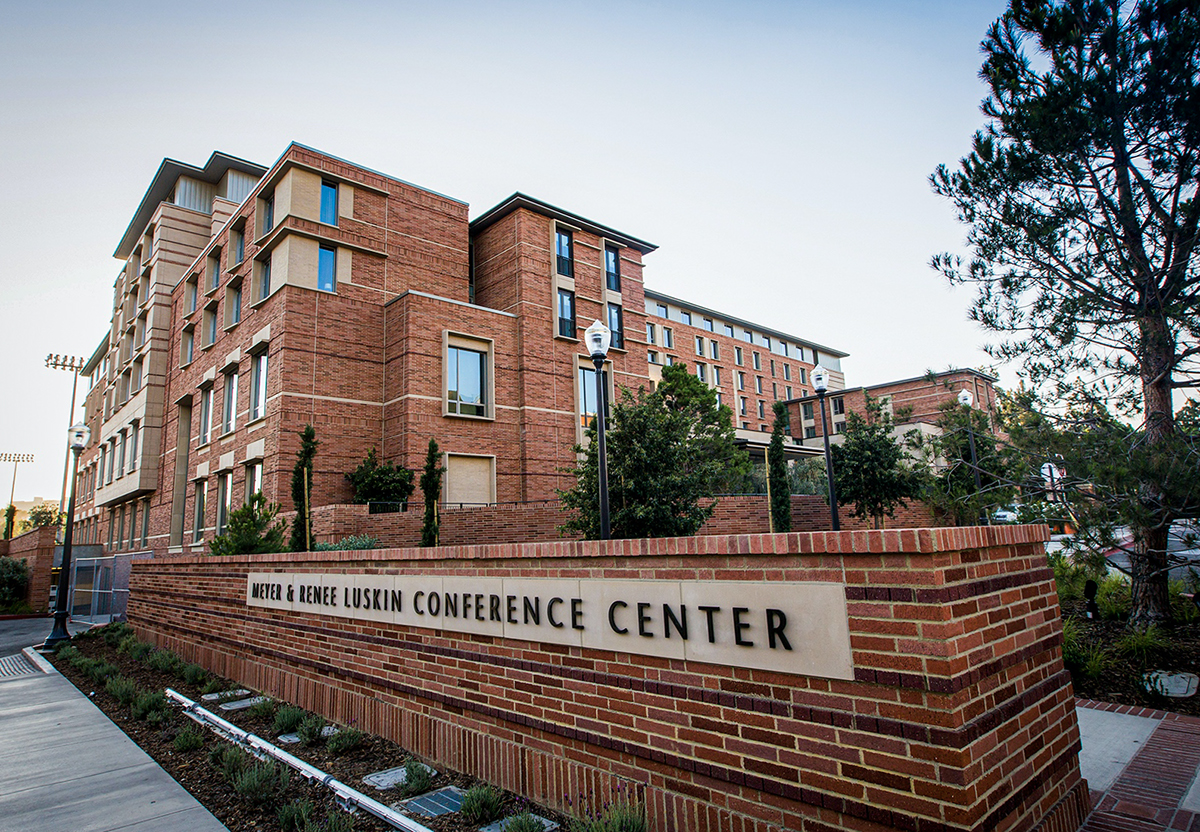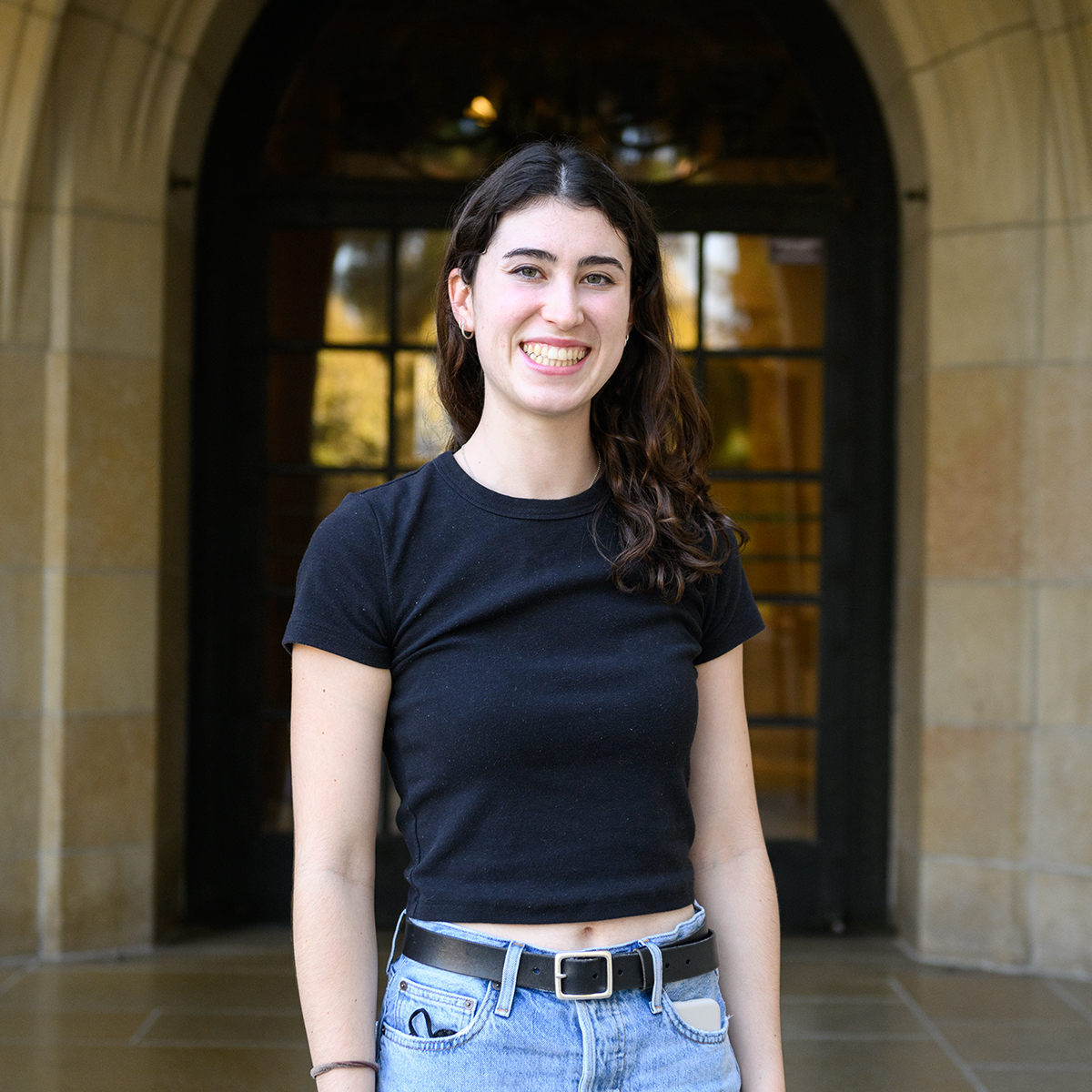Researchers find schools underserve students experiencing homelessness

The Meyer and Renee Luskin Conference Center is pictured. A study co-authored by a UCLA professor looked at the population of students experiencing homelessness in higher education.(Daily Bruin file photo)

By Clara Schwartz
Oct. 25, 2022 10:02 p.m.
An August report co-authored by a UCLA professor found that students experiencing homelessness are undercounted and underserved by their schools.
The study, conducted by Hadass Moore, a lecturer at the Hebrew University of Jerusalem, and professor of social welfare Ron Avi Astor, focused on students experiencing homelessness in school districts that have low or high socioeconomic statuses, Astor said.
Researchers collected data over the course of eight months through interviews with teachers and administrators, and surveys to gather qualitative data, Moore said.
The research found that students experiencing homelessness were vastly undercounted and faced greater risk for bullying, isolation, violence, academic challenges, mental health and behavioral issues in both economic contexts, Astor said. However, districts with a lower socioeconomic status had greater infrastructure to provide resources for homeless students because of greater awareness of poverty, he added.
The 1987 Mckinney-Vento Homeless Assistance Act broadened the definition of homeless to include students who were “doubling up” or having to live with family or friends because of their financial conditions, but many teachers don’t realize that this is considered experiencing homelessness and these students are eligible for resources, Astor said. This leads to schools undercounting the number of students experiencing homelessness, he added.
“We need to help to expand and define the definition of what homelessness is so that teachers and principals and school districts are aware of the fact that they have these students in their schools,” said Tyrone Howard, a professor of education.
Homelessness is an intersectional issue, Howard said. There is a disproportionate number of children of color and children who identify as LGBTQ+ experiencing homelessness, he said.
Moore said she chose to look at schools close to the United States-Mexico border because they have a larger population of immigrants lacking permanent legal status, allowing researchers to study the intersection between living in the U.S. without legal status and experiencing homelessness.
Families without permanent legal status are at a greater risk of homelessness, and many school administrators lack awareness of this problem, Astor said.
Many families living in the U.S. without legal authorization are afraid to seek services because they fear deportation, Moore said. Therefore, schools can be a place where the entire family can access social services through meal vouchers and other programs, Astor said.
“Schools could be the only place in which it’s OK to ask for services and get the help that you need,” Moore added.
Increasing awareness of the problem is key to finding a solution to the problem of student homelessness, Astor said. With more awareness, schools would be better able to provide homeless students with services and get more funding from state and federal governments, he added.
In addition, policymakers should look at the systemic issues that are causing homelessness, Howard said.
“We have to have a longer discussion around the lack of affordable housing because that’s the real culprit here,” Howard said. “The lack of affordable housing, coupled with living wages that are not adequate, it’s a recipe for homelessness, and that’s what you see young people being caught up in.”

